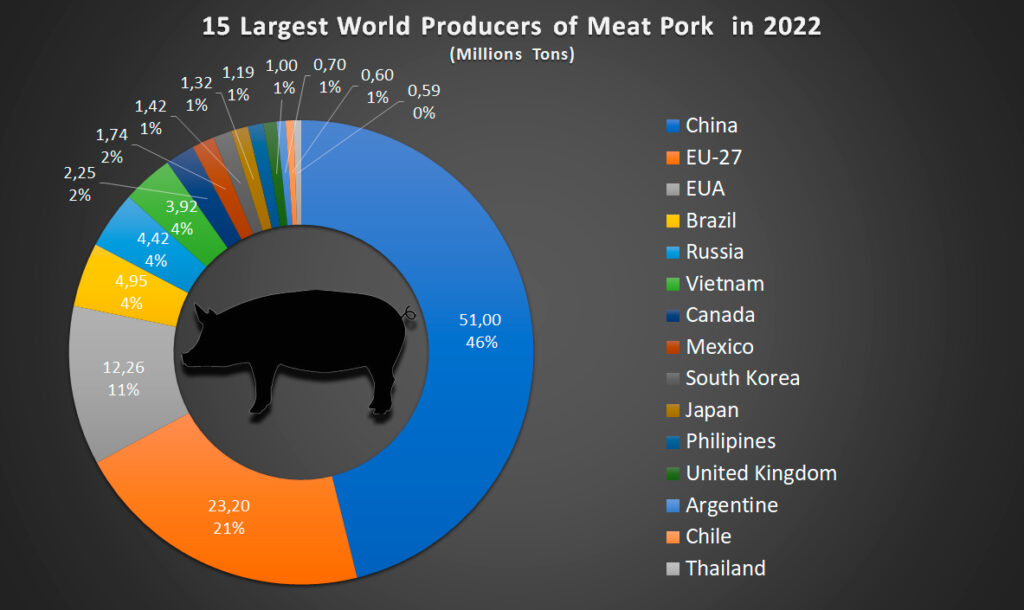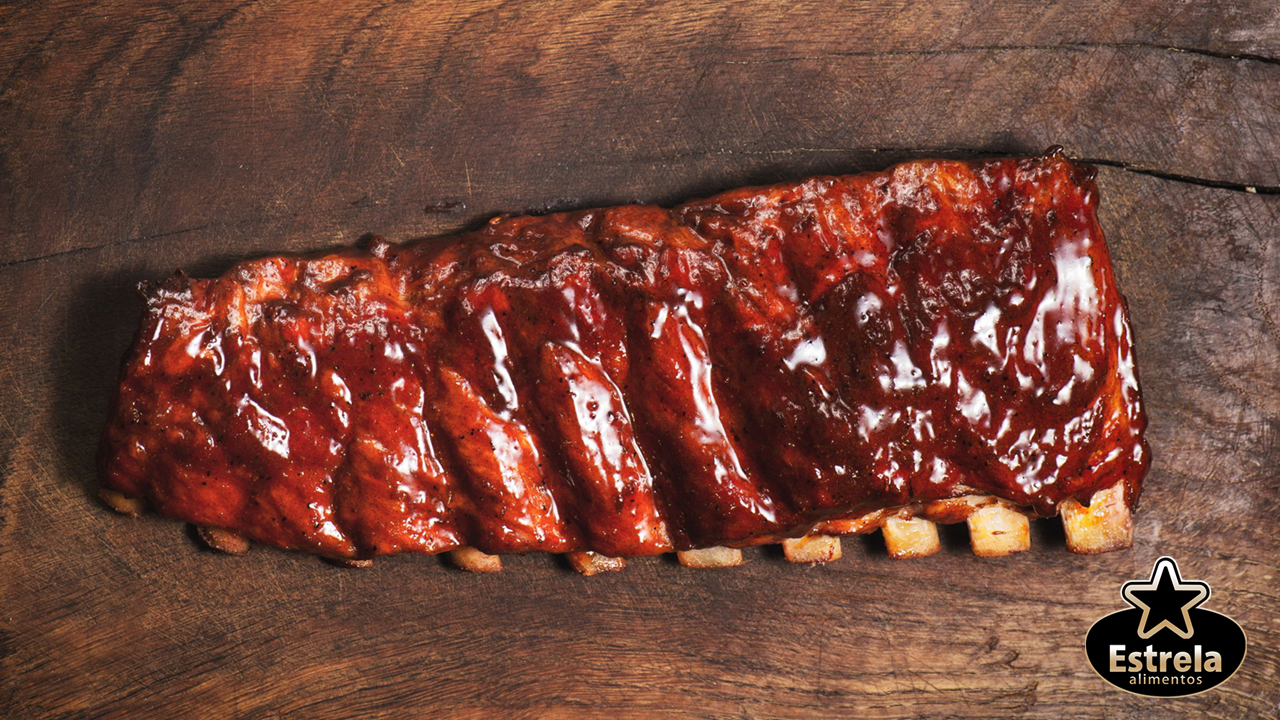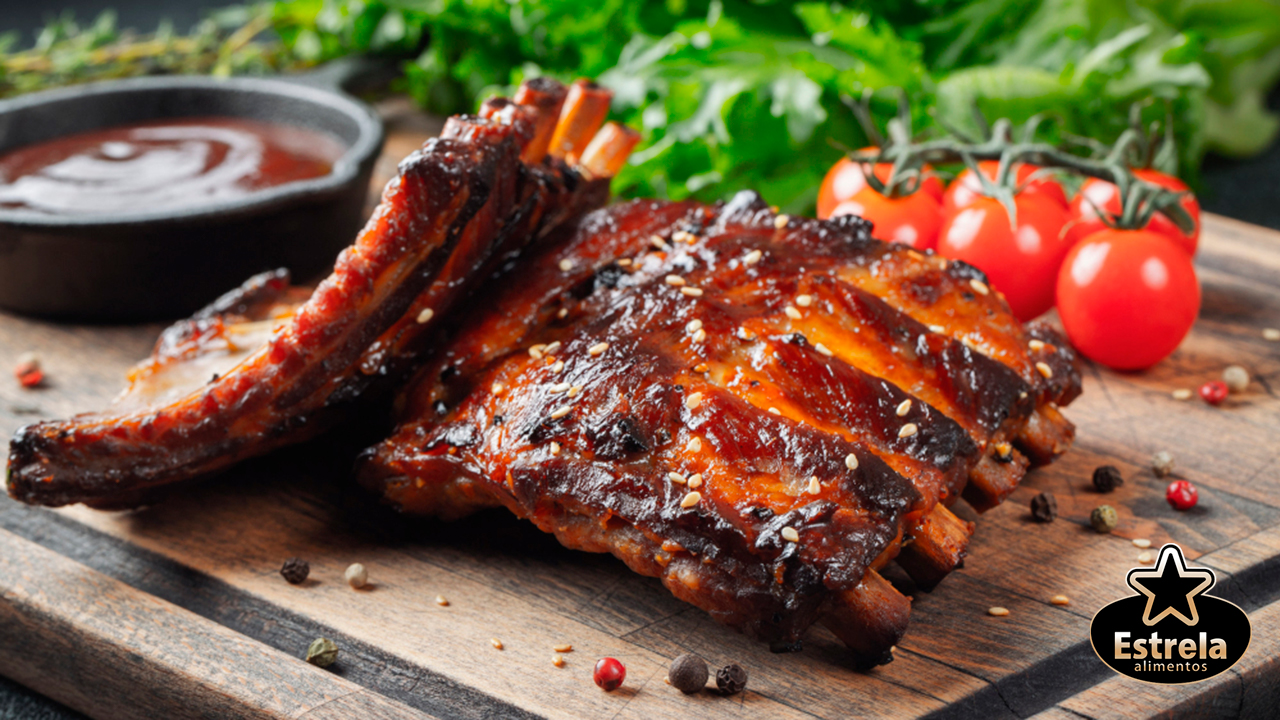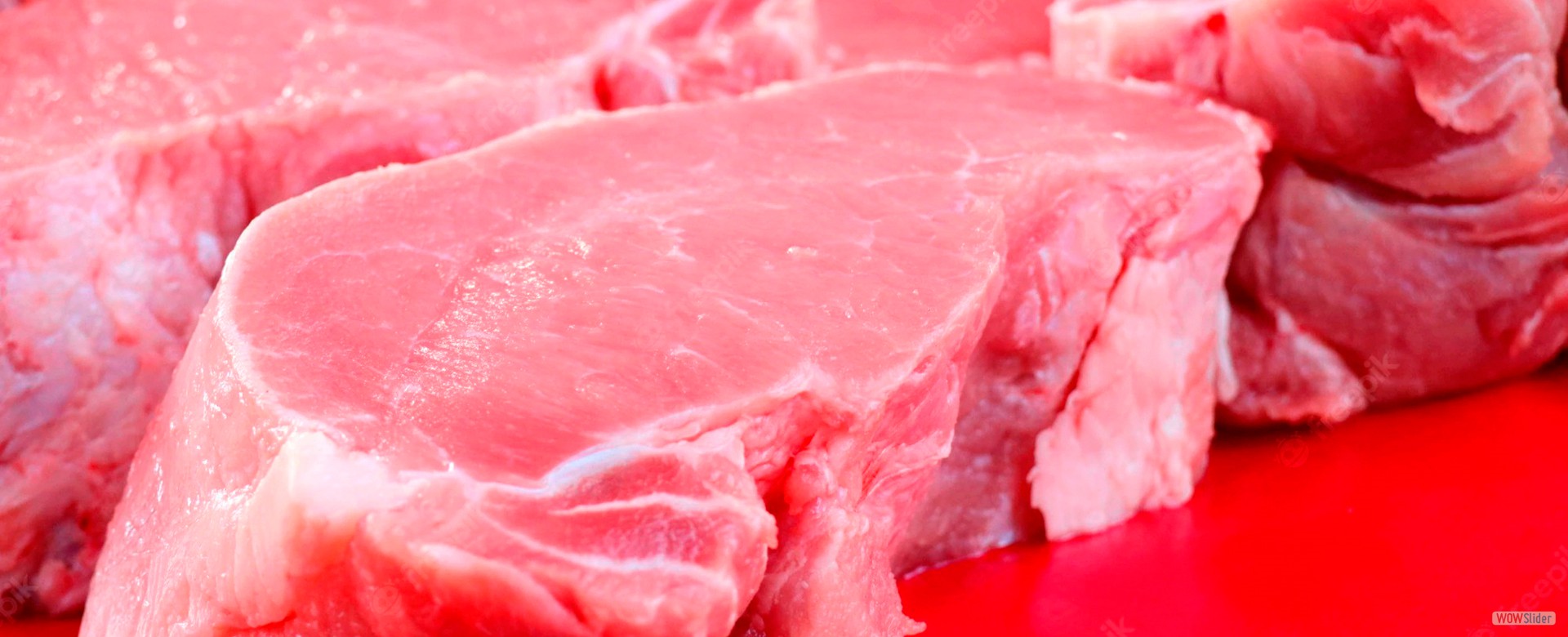Copyright © 2022 Global Sky Business. All Rights Reserved.

Brazilian Pork Production
Pork is the most consumed source of animal protein in the world, with a distinctive and striking flavor. In order for production to be sufficient to feed all Brazilians and also export to all continents, Brazil has an organized production chain focused on meat quality.
The swine production chain ranges from the grain producer and feed factories, transporters, slaughterhouses and slaughterhouses to the segment of equipment, medicines, distribution and the final consumer. And along with all this is research, which operates in all segments of the chain, supporting the producer and the agroindustry in the search for solutions and technologies to guarantee quality meat, following the production, health and inspection standards defined by the Brazilian Government.
Brazil is the fourth largest Producer of pork Meat in the World and ranks fourth in World Exports.
Brazilian Pork production increases by 6% in 2021
Data released by the Brazilian Animal Protein Association through its annual report indicates that Brazilian pork production showed a new increase over the past year. The volume produced reached 4.701 million tons, representing an annual growth of 6%, while in the decade the increase reached 38.4%.
Although producing enough volume to supply the domestic market and continue to advance in the international market, swine farmers suffered serious losses during the year. The cost of feed had a strong impact on the result as they were not able to market their product in the same proportion.
Brazilian Meat Pork Production Evolution
Total: Production in 2021: 4,701 millions tons

Brazilian Pork production first quarter of 2022
At the end of the first quarter of 2022, the slaughter of pigs increased by 7.2% compared to the same period of the previous year, from 12,721,000 to 13,637,038 head (cb). Likewise, pork production increased by 6.7% in the same period, reaching 1,244 thousand tons (mt).
Regarding exports, they reached 232 mt in the first quarter of 2022, a value that represents a drop of 6.7% compared to the same period of the previous year (249 mt). The main exported products corresponded to frozen meats with a share of 89%, followed by boneless offals and hams, which represented 6.5% and 2.3% of the general total, respectively.
Brazilian Meat Pork Exports Evolution
Total: Exports in 2021: 760 thousands tons

Annual estimates
IBGE forecasts a volume of 54.5 million pork heads will be slaughtered in 2022
Based on data from the Brazilian Institute of Geography and Statistics (IBGE), maintaining the averages of the first quarter, by the end of 2022 the slaughter of pigs will grow 2.99% compared to 2021, reaching 54,548,000 heads. Likewise, a production of 4,976 mt is projected, which would represent a growth of 1.75% in relation to the previous year and a per capita consumption of 19.2 kg/inhabitant. However, it is very likely that in the second half of the year there will be a reduction in production, as a result of the reduction in sows that occurred in recent months, due to the crisis in the sector.
On the other hand, according to the latest estimates report for pork and poultry, published by the USDA Foreign Agricultural Service on April 6, annual exports would be around 1,330 mt, i.e., an increase of 0.7% on compared to 2021, while the volume of imports would remain at 3 mt.
BRAZILIAN PRODUCTION WILL GROW 22% AND EXPORTS 28% OVER THE NEXT TEN YEARS
Brazilian pork production will grow 22% over the next ten years. In 2022, Brazilian pig farming will produce 4.1 million tons of pork. Of this total, 3.4 million tons will be consumed in the domestic market – whose consumption should jump to 15.7 kilos per inhabitant per year – and 700 thousand tons will be directed to the international market.
These are the projections of “Outlook Brazil – Projections for Agribusiness”, a broad study carried out by the Federation of Industries of the State of São Paulo (Fiesp) in partnership with the Institute of Studies on Trade and International Negotiations (Icone) and launched yesterday in São Paulo. Paul.
Previous
Next
According to the study, between 2012 and 2022, the pace of growth in pig production is expected to reach 1.8% per year. This growth must be absorbed, mainly by the domestic market, but exports must also advance. According to the work carried out by Fiesp and Icone, pork consumption has been gaining share in domestic demand in relation to beef and chicken. In 2011, for example, domestic demand increased 2.1% compared to the previous year, reaching 14.3 kilos per capita. The study projects for 2022 an increase in domestic consumption to 15.7 kilograms per inhabitant per year, totaling a volume of 3.4 million tons, an increase of 23%.
International Trade – Shipments of Brazilian pork to other countries should also increase and sustain future production growth. Outlook projections indicate a 28% growth in Brazilian pork exports over the next ten years. This means sending 700.2 thousand tons of Brazilian pork to other markets in 2022. This volume represents an annual expansion rate of 1.3% for the projected period, equivalent to that observed between 2002 and 2011.
Despite the trade barriers, the Brazilian organization (Fiesp) predicts that there will be an increase in Brazil's participation in world trade in pork.
The study emphasizes that this projection does not contemplate the opening of new markets, such as the United States, which recognized the State of Santa Catarina as free of foot-and-mouth disease without vaccination. This means, points out the study, that there is a high potential market for Brazilian pork, but that Brazilian exports will continue to be hampered by trade barriers. Despite these mishaps, the study projects that, even without major trade agreements, there will be an increase in Brazilian participation in the global pork trade. According to projections made by Fisp and Icone, exports should represent 17.2% of total Brazilian production in 2022, against 16.4% registered in 2011.
The strength of the South – As with poultry, the South region is the most dynamic in pork production and has a 60% share of the total in 2011. This percentage will grow over the next ten years. The study’s projections point to a participation of 61% of the South region in the total pork production in 2022, increasing production to 496 thousand tons in relation to 2011. This advance means an annual growth rate of 1.8%. However, the regional dynamics of pig farming should not be very different from what it is today, considering the sanitary restrictions regarding the regionalization of exports.
Main producing and exporting countries of pork in the world
Ranking of pork producing countries and international trade 2022
According to the latest USDA estimates, China continues to position itself as the leading producer and importer of pork worldwide. Regarding export activity, we found that this would be led by the European Union.
Producing Countries
The first place in the world ranking of pork producers in 2022 would be occupied by China, with a participation of 46.2% within the general total (110.5 Mt) and with a production that would reach 51 Mt, a figure that represents an increase of 7.4% compared to the total of 2021 (47.5 Mt).

In second place, we would have the European Union, with a participation of 20.9% and a production level that would reach 23.2 Mt but that would decrease 2.4% compared to the previous year, while the United States would occupy third place, participating with 11.1%, with a production that would be located at 12.3 Mt and that would contract by 2.2% compared to 2021.
However, it is worth mentioning the participation of Latin America in this ranking, since Brazil and Mexico would occupy positions 4 and 8 respectively, with productions that would reach 4.4 and 1.5 Mt in their order.
Exporting Countries
With a volume of 4.8 Mt, the European Union would position itself as the main exporter of pork in 2022, with a 40.7% share of the general total (11.7 Mt). Likewise, the United States would occupy the second position, participating with 25.6% of exports, although with a decrease of 6.2% compared to 2021. For its part, Canada would occupy third place with a participation of 12.5% and a volume of exports that would amount to 1.5 Mt.
Once again, we highlight the participation of Latin America in this ranking, since Brazil (1.3 Mt) and Mexico (0.3 Mt) would occupy positions 4 and 5, with participations of 11.4% and 2.7% in their order. , while Chile would be ranked number 7 with 0.3 Mt.









Anterior
Siguiente
Previous
Next

We offer a complete range of commodities originating in South America.
Contacts
- Brazil: Av. Santos Dumont N°1883, Floor 5th, office 532/533, Aero Empresarial Building, Lauro de Freitas, Bahia, Brazil.
- Argentine: Tucuman 1946, Office N°04 - Córdoba, Argentina.
- info@globalskybusiness.com
- +55 71 98205 1492
Main Commodities
Subscribe
Follow our newsletter to stay updated about agency.




